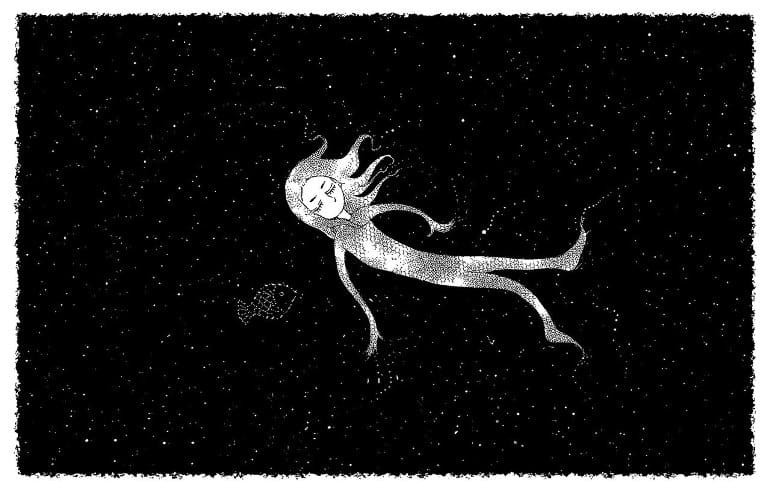Summary: From more frequent sleep disruptions to increased lucid dreams, a new study investigates how the COVID-19 pandemic has impacted sleep and dreaming.
Source: Wiley
The COVID-19 pandemic has strongly impacted our sleep and dream activity.
In a recent study published in the Journal of Sleep Research, people had a higher number of awakenings, a harder time falling asleep, higher dream recall, and more lucid dreams during lockdown than after lockdown.
People also reported more dreams related to “being in crowded places” during post-lockdown than lockdown.
For the study, 90 adults in Italy recorded their dream experiences and completed a sleep-dream diary each morning.

“Our results… confirmed that both sleep and dream measures showed critical differences between lockdown and post-lockdown periods,” the authors wrote.
About this sleep research news
Source: Wiley
Contact: Press Office – Wiley
Image: The image is in the public domain
Original Research: Open access.
“The impact of the end of COVID confinement on pandemic dreams, as assessed by a weekly sleep diary: a longitudinal investigation in Italy” by Serena Scarpelli et al. Journal of Sleep Research
Abstract
The impact of the end of COVID confinement on pandemic dreams, as assessed by a weekly sleep diary: a longitudinal investigation in Italy
The Coronavirus 2019 pandemic strongly affected our sleep and dream activity. Many cross-sectional studies highlighted increased dream recall frequency, and revealed a great presence of pandemic-related oneiric contents.
Here, we present the first prospective study carried out on an Italian sample.
One-hundred subjects were requested to fill out a web-survey including socio-demographic information, and questionnaires collecting sleep and clinical measures during lockdown. A final sample of 90 subjects participated in the longitudinal protocol lasting 2 weeks: (a) the first week (April 28–May 4) of full lockdown; and (b) the second week (May 5–May 11) of easing of restrictions.
Subjects were asked to record at home their dream experiences, and complete a sleep-dream diary each morning. Statistical comparisons showed that participants had higher numbers of awakenings, lower ease of falling asleep, higher dream recall and lucid dream frequency during lockdown than post-lockdown.
Further, subjects reported more dreams, including “being in crowded places” during post-lockdown than lockdown. The poorer sleep quality during lockdown is quite consistent with previous findings.
The relationship between traumatic events and dream recall frequency confirmed the idea of pandemic as “collective trauma”.
Also, we hypothesized that the greater presence of lucid dreams during confinement could reflect the attempt to cope with the waking pandemic-experiences.
Finally, the presence of crowded places into dream scenarios during the second week of our protocol appears consistent with the continuity-hypothesis, as the possibility to access places frequented by other people could represent a relevant experience after a long period of confinement.






